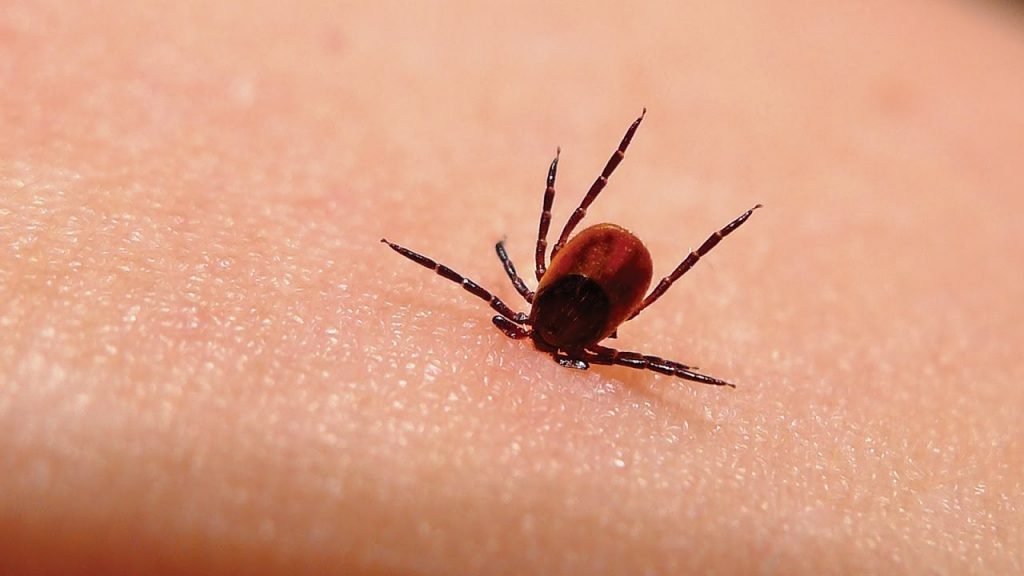Posted On:
Category: Category:
Lone-Star Tick: The Bug That Can Alter Your Meat Diet Completely
Lone-Star Tick: The Bug That Can Alter Your Meat Diet Completely
You’re probably wondering if this post is just being alarmist. How can a bug change your diet completely? Well, once it bites you, there’s no telling how the bite will affect your body. In this post, however, we will be discussing the lone-star tick and how its bite can wreak havoc within your body and change your diet. Read on to learn more.
Deborah’s Story
It is shocking how in an instant, your entire life can change completely. But what’s even more perplexing is the fact that this change can be occasioned by an almost microscopic organism. Debbie’s story is an example of such.
One night in 2008, Deborah Fleshman awoke in her bed to find that her legs had turned beetroot red. Welts, some a foot wide, had appeared along her torso.
Ms. Fleshman, a nurse at the time, had earlier that evening hosted a cookout at her home in Greenwood, Del., a town of about 1,000 people 25 miles south of Dover. She drank a couple of beers. She ate a cheeseburger…
“It feels like you’re on fire, and then it feels like you slept with a cactus,” she said. “The itching is unbearable.”…
Researchers have traced the syndrome to the lone star tick, named for the signature white splotch, or “lone star,” on females’ backs. They’re historically found in the southern United States, but increasingly, these arachnids are being spotted in parts of the Midwest and the Northeast.
The Syndrome That Repels Meat
The reason why Debby felt like she was on fire and super-itchy, is because she had eaten the cheeseburger after developing the dreaded syndrome that detests meat and animal products. It’s known as the alpha-gal syndrome, AGS.
AGS is a severe allergy to a sugar molecule called galactose-alpha-1, 3-galactose (commonly referred to as alpha-gal), which is found in the cells of most mammals. Symptoms appear after eating meat or other food products with animal connections, such as dairy or gelatin.
The syndrome and its connection to ticks were discovered by researchers in 2009. AGS has been increasingly studied in the years since to gain a better understanding of it.
“Tick bites are an unusual way to become allergic to a substance,” says Dr. Perez. “This is a recent association, for sure. It’s still somewhat rare, but it’s something to be aware of, especially if you’re having unexplained allergic reactions.”
The Symptoms To Watch Out For
Any allergic reaction is bad news for anyone. The discomfort and lack of ease is just unnerving, especially if you’re unable to place a finger on it. So, if you’re suspecting you may be having an allergic reaction courtesy of the lone-star tick, here are the symptoms to look out for.
AGS reactions can include:
Hives or itchy rash
Nausea or vomiting
Heartburn or indigestion
Diarrhea
Cough, shortness of breath, or difficulty breathing
Drop in blood pressure
Swelling of the lips, throat, tongue, or eye lids
Dizziness or faintness
Severe stomach painSymptoms commonly appear 2-6 hours after eating meat or dairy products, or after exposure to products containing alpha-gal (for example, gelatin-coated medications).
AGS reactions can be different from person-to-person. They can range from mild to severe or even life-threatening. Anaphylaxis (a potentially life-threatening reaction involving multiple organ systems) may need urgent medical care.
People may not have an allergic reaction after every alpha-gal exposure.
If you think you may have AGS go talk to your healthcare provider.











